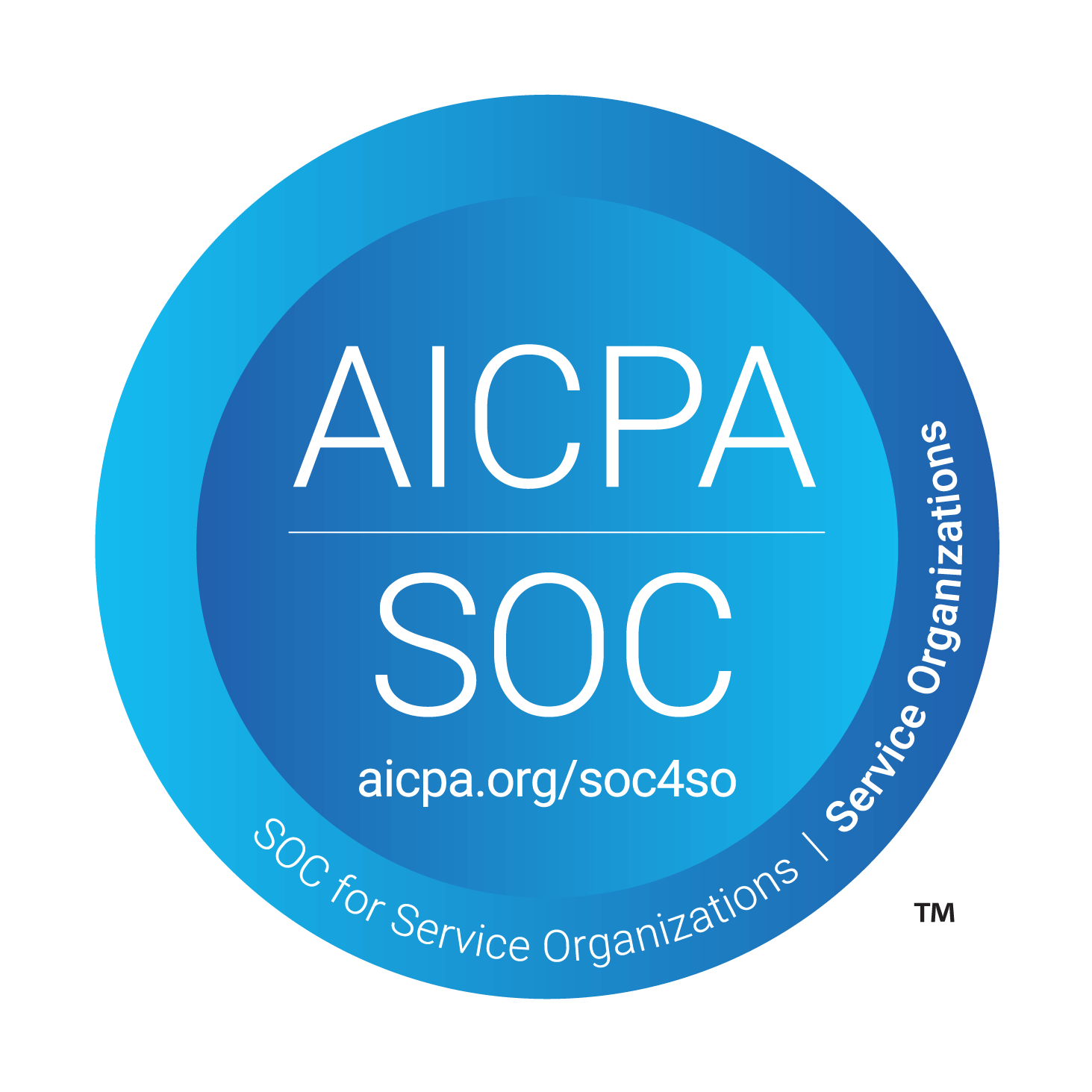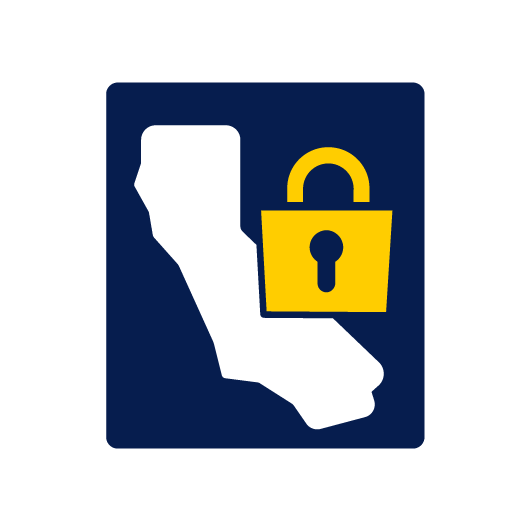OSHA 300 Recordkeeping: Mobile Forms & Cloud Solutions Impact
In the ever-evolving landscape of workplace safety, the Occupational Safety and Health Administration (OSHA) has continuously updated its recordkeeping requirements to ensure the safety and well-being of employees across industries. This article explores the significance of OSHA's 300 recordkeeping rules and requirements, and how the implementation of mobile paper forms and cloud software solutions can revolutionize the industry by improving efficiency, accuracy, and compliance.
Understanding OSHA's 300 Recordkeeping Rules and Requirements
OSHA's recordkeeping rules and requirements are designed to help employers maintain accurate records of work-related injuries and illnesses. These records serve as a valuable tool for identifying and addressing potential hazards in the workplace, as well as for evaluating the effectiveness of safety programs and initiatives.
OSHA's recordkeeping regulations require employers to maintain the following forms:
Form 300: Log of Work-Related Injuries and Illnesses- Form 300A: Summary of Work-Related Injuries and Illnesses
- Form 301: Injury and Illness Incident Report
These forms must be completed and maintained for a minimum of five years, with Form 300A being posted annually from February 1 to April 30. The information collected through these forms is crucial for OSHA to monitor and enforce workplace safety standards, as well as for employers to assess their safety performance and identify areas for improvement.
The Importance of Mobile Paper Forms
In today's fast-paced and technology-driven world, the traditional paper-based approach to recordkeeping can be time-consuming and prone to errors. Mobile paper forms offer a more efficient and streamlined solution by allowing employees to quickly and easily capture essential data on the go. This not only reduces the time and effort required for data entry but also minimizes the risk of inaccuracies and omissions.
Mobile paper forms can be customized to meet the specific needs of an organization, ensuring that all relevant information is captured accurately and in a timely manner. Additionally, the use of mobile forms can facilitate real-time reporting, enabling employers to respond promptly to incidents and take corrective actions as needed.
Leveraging Mobile Cloud Software Solutions
The implementation of mobile cloud software solutions can further enhance the efficiency and effectiveness of OSHA's 300 recordkeeping rules and requirements. Cloud-based software offers a centralized platform for storing, managing, and accessing data, making it easier for employers to maintain and analyze their records.
Some key benefits of using mobile cloud software solutions include:
Improved accessibility: With cloud-based software, employers can access their records from any location, at any time, using a variety of devices. This enables them to monitor safety performance and make data-driven decisions on the go.- Enhanced collaboration: Cloud software facilitates collaboration among team members, allowing for seamless communication and coordination in managing and maintaining safety records.
- Increased data security: Cloud-based solutions typically offer robust security measures to protect sensitive data, ensuring compliance with privacy and data protection regulations.
- Scalability: As an organization grows or its needs change, cloud software can easily be scaled to accommodate increased data storage and processing requirements.
- Automatic updates: Cloud software providers often roll out updates and new features automatically, ensuring that employers have access to the latest tools and functionality.
The Impact on the Industry
The implementation of mobile paper forms and cloud software solutions can have a profound impact on the industry by improving overall safety performance, reducing administrative burdens, and enhancing compliance with OSHA's recordkeeping requirements.
Improved safety performance: By streamlining the process of collecting and analyzing safety data, organizations can more effectively identify and address potential hazards, leading to a safer work environment and reduced incidence of injuries and illnesses.- Reduced administrative burden: Mobile paper forms and cloud software solutions can significantly reduce the time and effort required for recordkeeping, allowing safety professionals to focus on more critical tasks, such as hazard identification and control.
- Enhanced compliance: The use of mobile paper forms and cloud software solutions can help organizations ensure that they are meeting OSHA's recordkeeping requirements, reducing the risk of non-compliance and associated penalties.
- Data-driven decision-making: With easier access to accurate and up-to-date safety data, organizations can make more informed decisions about their safety programs and initiatives, leading to more effective interventions and improved overall safety performance.
- Increased efficiency: By automating and streamlining recordkeeping processes, organizations can save time and resources, allowing them to allocate resources more effectively and focus on core business activities.
OSHA's 300 recordkeeping rules and requirements play a crucial role in promoting workplace safety and preventing injuries and illnesses. The implementation of mobile paper forms and cloud software solutions can significantly enhance the efficiency, accuracy, and compliance of these recordkeeping processes, ultimately leading to improved safety performance and reduced administrative burdens. By leveraging these innovative technologies, organizations can better protect their employees and create a safer work environment for all.




